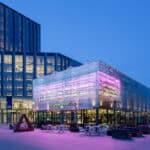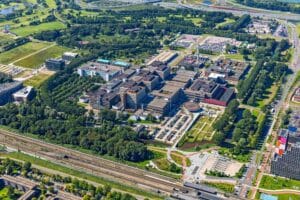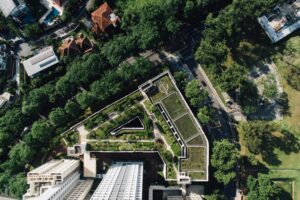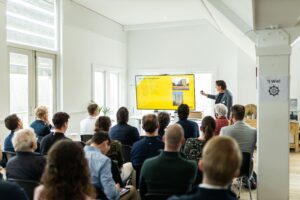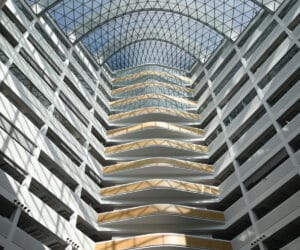

Making real estate more sustainable: what are the trends in 2023?
The Dutch real estate sector continues to evolve, making it a haven for innovation. The Russian invasion of Ukraine, climate change, nitrogen-related issues, rising prices for energy and materials and the growing urgency of sustainability are among the reasons. All these developments have implications for the real estate sector and encourage people to think outside the box and push boundaries. What are the expectations for making existing real estate more sustainable and what developments can we expect in the short term?
This article focuses on the real estate sector’s innovative ideas and solutions to the challenges of today and the future.
Smart solutions to congestion
One of the biggest challenges within the energy transition is to prioritise all sustainably generated power on the grid and distribute it effectively. As the grid is currently still limited, a capacity shortage may occur in some parts of the grid. Such a shortage is called congestion.
Grid operators distribute transmission capacity at times when the demand for electricity transmission exceeds what the electricity grid can handle. However, they occasionally have to take restrictive measures, which can cause problems for large consumers when supplying and buying renewable electricity. Fortunately, there are some smart solutions:
Storing locally
What do you do if your solar panels generate more energy than you need for yourself at that time? Ideally, you would feed it back into the grid at a lucrative rate. If that is not possible, you will obviously want to store this energy somewhere for your own use later, which is why there is increasing innovation in energy storage. Storing electricity locally is a smart way of reducing energy consumption.
Consequently, more and more companies are developing batteries so that a building can subsequently use what it could not previously feed back into the grid. Such a battery can also be used to absorb peaks when the electricity grid cannot provide enough power. By generating and storing their own energy, buildings contribute to a circular economy and meeting climate goals.
Utrecht-based iwell is a company that supplies batteries the size of sea containers (the Mega Cube) that are flexible, modular and can be used anywhere. As a result, buildings are converted into sustainable energy and mobility hubs. Such batteries are expected to become increasingly popular in 2023, making buildings more independent of fluctuating energy prices.
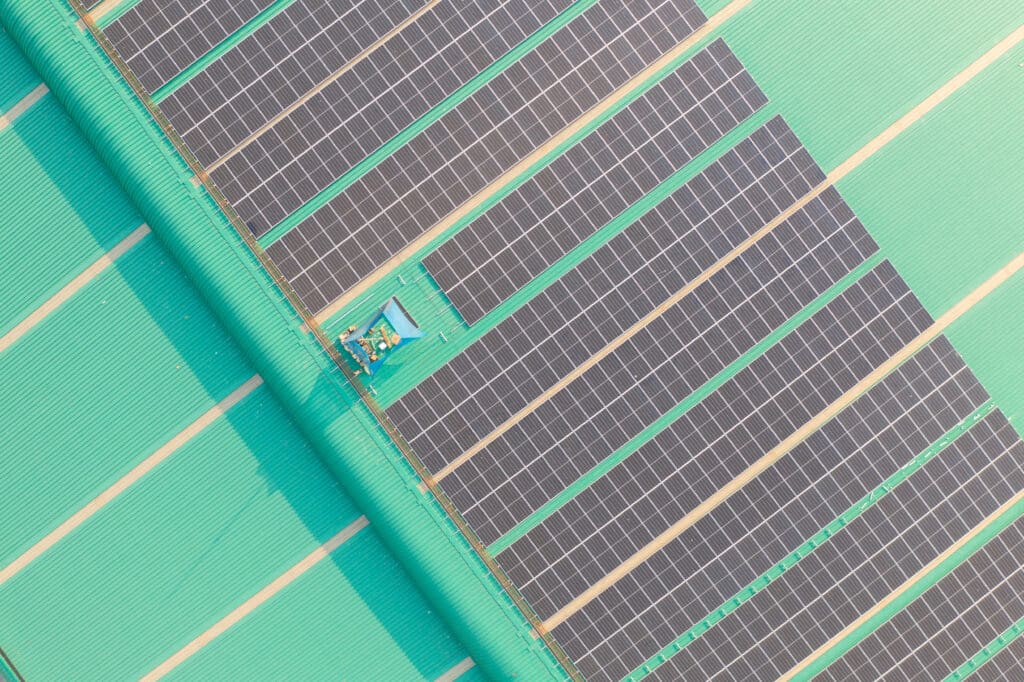
Energy exchange
By working together with energy companies and other buildings, real estate managers can reduce their impact on the grid by sharing energy generation and storage. EnergieRijk Den Haag is a collective of public authorities at different levels that is experimenting with this possibility.
The first specific step has been taken with the interconnection between two government buildings for sharing thermal energy storage in the ground. This creates an interaction between the two buildings where the cold of one building is exchanged for the heat of the other. This requires effective energy management: by properly monitoring and analysing the energy needs of a building, real estate managers can understand the buildings’ energy consumption patterns and coordinate them. This trend of energy exchange is expected to spread to business parks in 2023, where one party’s residual heat is an energy source for another party.
From costing to risk coverage
In addition to solutions that address grid congestion, we expect other developments to make existing real estate more sustainable. To meet the commitments in the climate agreement, more and more entrepreneurs are moving towards renewable energy generation. Although this trend has been going on for some time, it gained extra momentum due to high gas prices in the past quarter. Building owners are increasingly wondering whether they can install a thermal energy system in their area, whether they can be connected to a heat network as yet and whether it is lucrative to fit solar panels on the roof.
Whereas energy costs could previously be predicted with reasonable accuracy, the past quarter’s fluctuating prices have caused real estate managers to start reasoning more from a risk-coverage point of view: if you generate part of your own energy, you will be less impacted if energy prices suddenly rise and therefore run less risk financially. In this way, saving energy becomes even more attractive, because anything you do not use you do not have to buy, which is good for your pocket and good for the energy transition.

Paris Proof
Information is the key to saving. Lighting, heating and appliances can all be monitored and controlled from a central hub. When do you run which equipment, and how can you fine-tune your systems? Consumption is made transparent using software after which plans for more efficient energy management can be developed. This means that office buildings can become more sustainable to a Paris Proof level even faster. However, ambition levels vary from building to building. Fortunately, an increasing number of smart tools are coming on the market that enable real estate owners to map out a route to arrive at Paris Proof level.
Thanks to Smart Building Technologies, a building’s energy performance is quickly mapped using artificial intelligence and data. This provides an understanding of how to future-proof your building. By using Smart Building Technology as a means, it becomes clear which technologies are relevant and what the business case for your specific solution is. In 2023, more and more real estate will be future-proofed in this way.
Circularity
Reducing the ecological footprint is a theme that increasingly dominates the list of ambitions of real estate owners. However, an asset’s footprint consists of more than just energy consumption. Using renewable materials in a circular way and processing waste streams is therefore becoming increasingly popular.
Fine-tuning existing products to make them less damaging to the environment is a trend that will certainly be evident in 2023. Solarge is one such company innovating on this front. As their solar panels are lighter than those of competitors and emit less carbon in production, they have been included on the 2020 Milieulijst, the Dutch Environmental List tool. This allows entrepreneurs to enjoy tax benefits through the VAMIL (flexible depreciation of environmental investments) scheme.
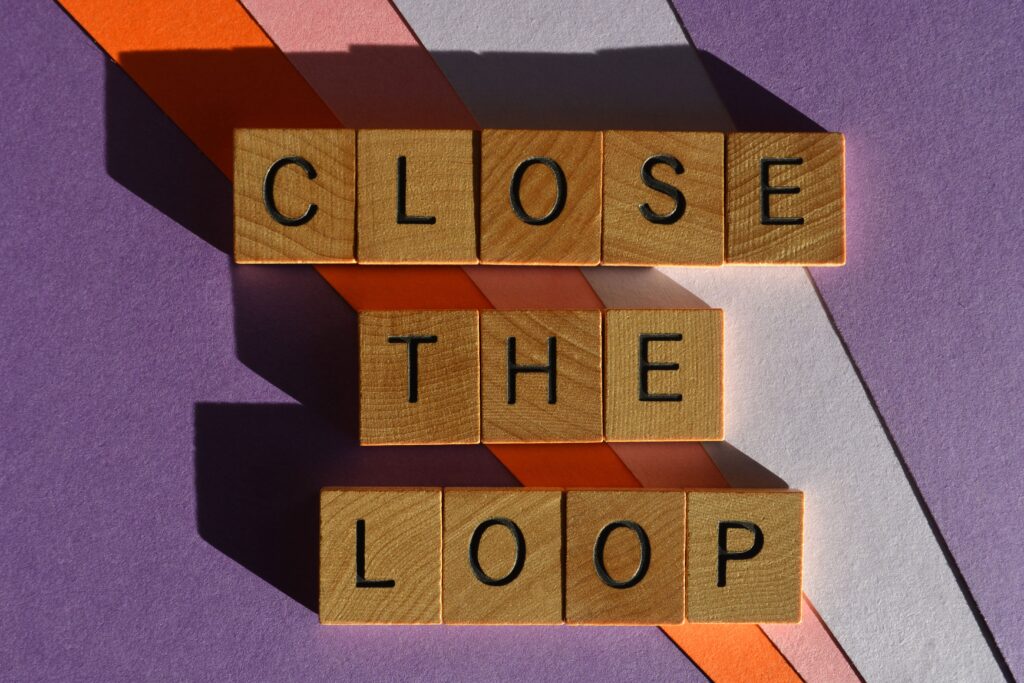
From waste to raw material
In the Netherlands, we collectively burn two million megatons of waste a year. This is a shame, because much of our waste can serve as raw material for new products. Seenons is targeting a residual waste-free world by giving commercial waste a second life. Via their platform, they bring together companies, transport partners, waste service providers and municipalities to enable more sustainable waste solutions and to work together towards a circular economy.
An increasing number of public authorities are joining this platform, and real estate owners will also want a better use for the waste created in the workplace on a daily basis. Smart IT platforms like that of Seenons are expected to serve entire business parks in the future.
If you are curious about the latest trends in sustainable innovations, become inspired at the next CFP Innovation Day!

